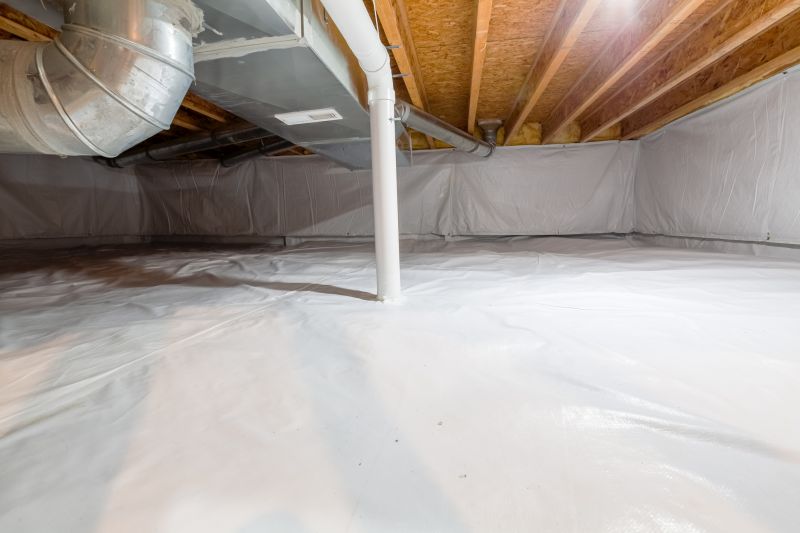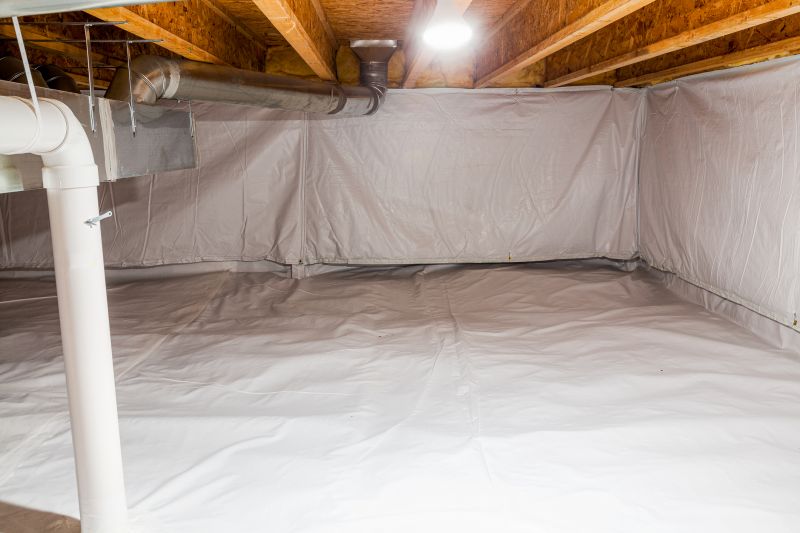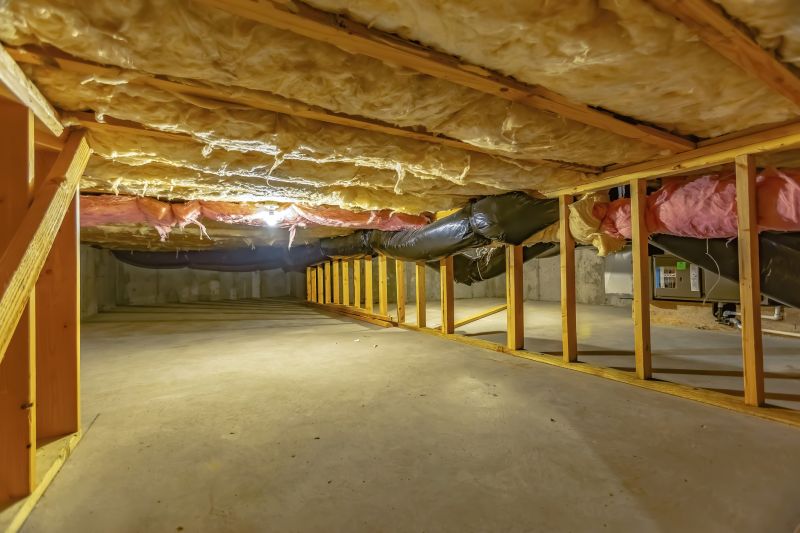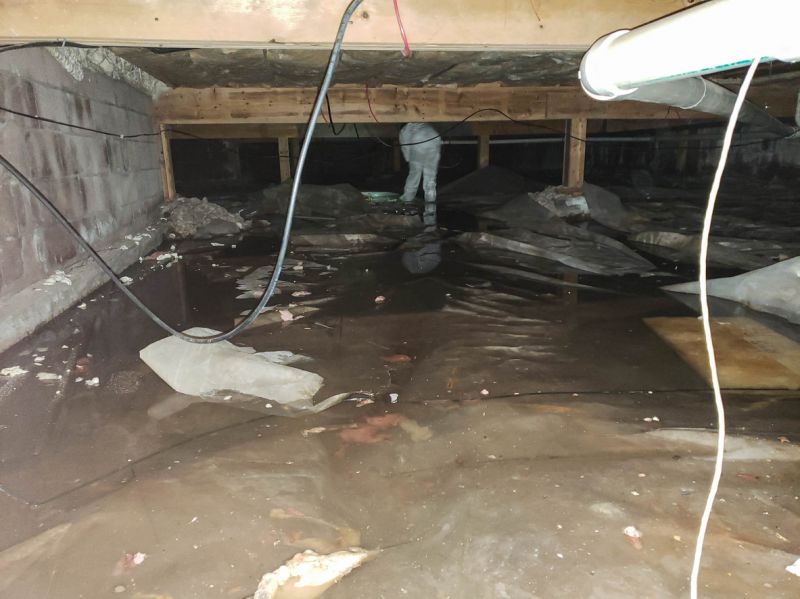Crawlspace Sealing for Better Indoor Air Quality
Crawlspace encapsulation involves sealing and insulating the crawlspace to prevent moisture intrusion, improve indoor air quality, and enhance energy efficiency. Proper encapsulation can significantly reduce the risk of mold growth, wood rot, and pest infestations, contributing to a healthier and more comfortable home environment.
Encapsulation can lower energy bills by improving insulation and sealing air leaks. It also prevents moisture buildup, reducing mold and mildew risks, and enhances indoor air quality by limiting airborne contaminants.
Failure to encapsulate can lead to excess moisture, which promotes mold growth and wood rot. This can cause structural damage and increase health risks due to mold spores and allergens circulating in the home.
Studies show that up to 50% of home energy loss occurs through unsealed crawlspaces. Moisture problems are present in over 60% of homes with unencapsulated crawlspaces, leading to costly repairs and health issues.
Homeowners can see up to a 15% reduction in energy costs after encapsulation. The investment typically pays for itself within a few years through lowered utility bills and avoided structural repairs.

A fully sealed and insulated crawlspace, showcasing the clean, moisture-proof barrier applied to the foundation walls and floor.

An image depicting a professional installation of vapor barriers and insulation, preventing moisture intrusion.

Close-up of insulation materials installed along the walls and floors, enhancing energy efficiency.

A completed encapsulation with vent covers installed to prevent outside air and pests from entering.
Proper crawlspace encapsulation can prevent costly repairs, improve home comfort, and promote healthier indoor air quality. Without encapsulation, moisture and pests pose significant risks that can compromise the structural integrity of a home and impact health. Investing in professional encapsulation services is a proactive step toward maintaining a safe and efficient living space.
| Aspect | Impact |
|---|---|
| Moisture Control | Reduces mold growth and wood rot, preventing structural damage. |
| Energy Efficiency | Lowers heating and cooling costs through better insulation. |
| Indoor Air Quality | Limits airborne allergens and mold spores, promoting healthier air. |
| Pest Prevention | Blocks entry points for pests, reducing infestations. |
| Home Value | Encapsulation can enhance property value and appeal. |
| Health Risks | Unencapsulated crawlspaces increase allergy and asthma triggers. |
| Maintenance Costs | Prevents costly repairs caused by moisture damage. |
| Structural Integrity | Maintains the stability of the foundation and framing. |

